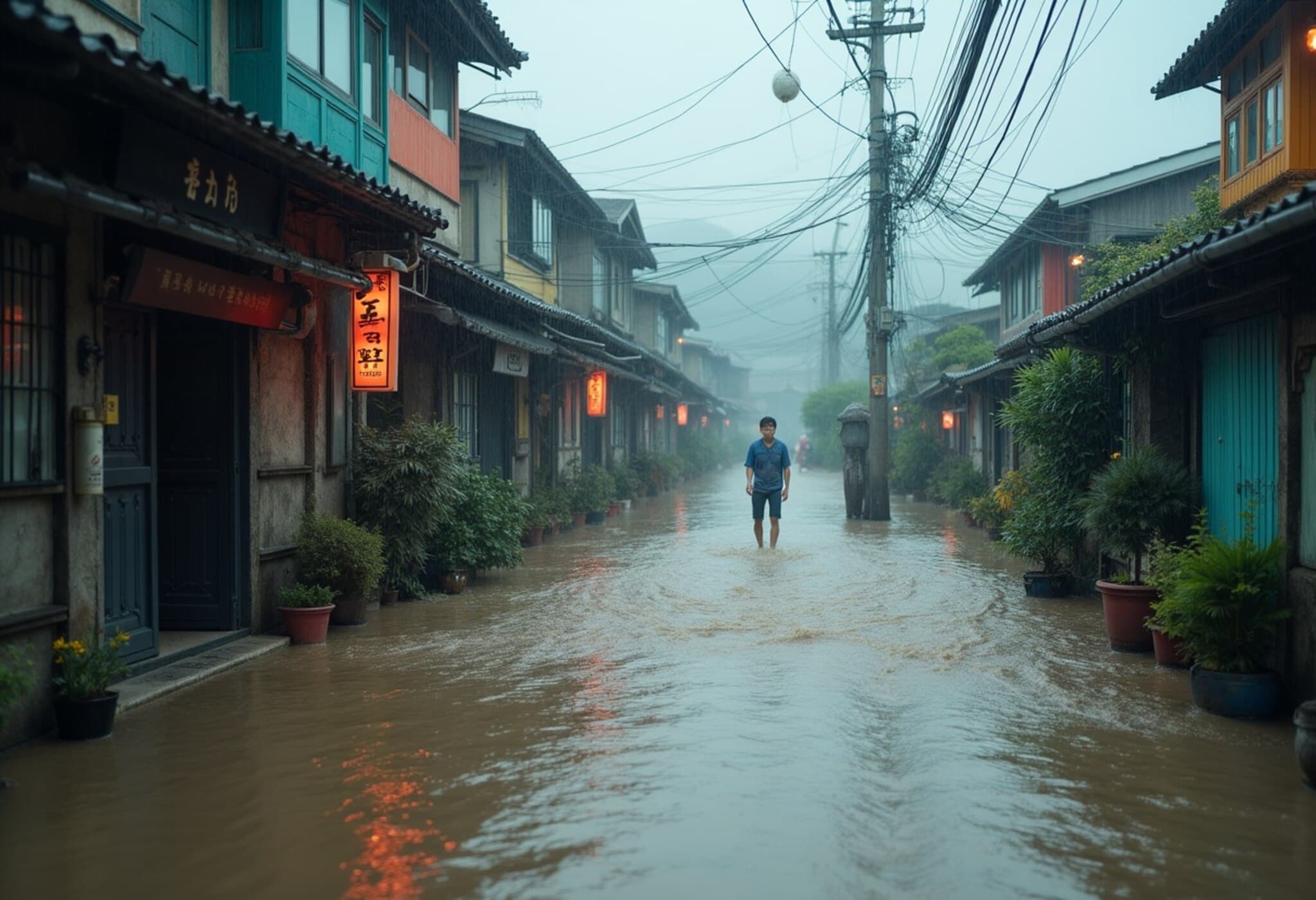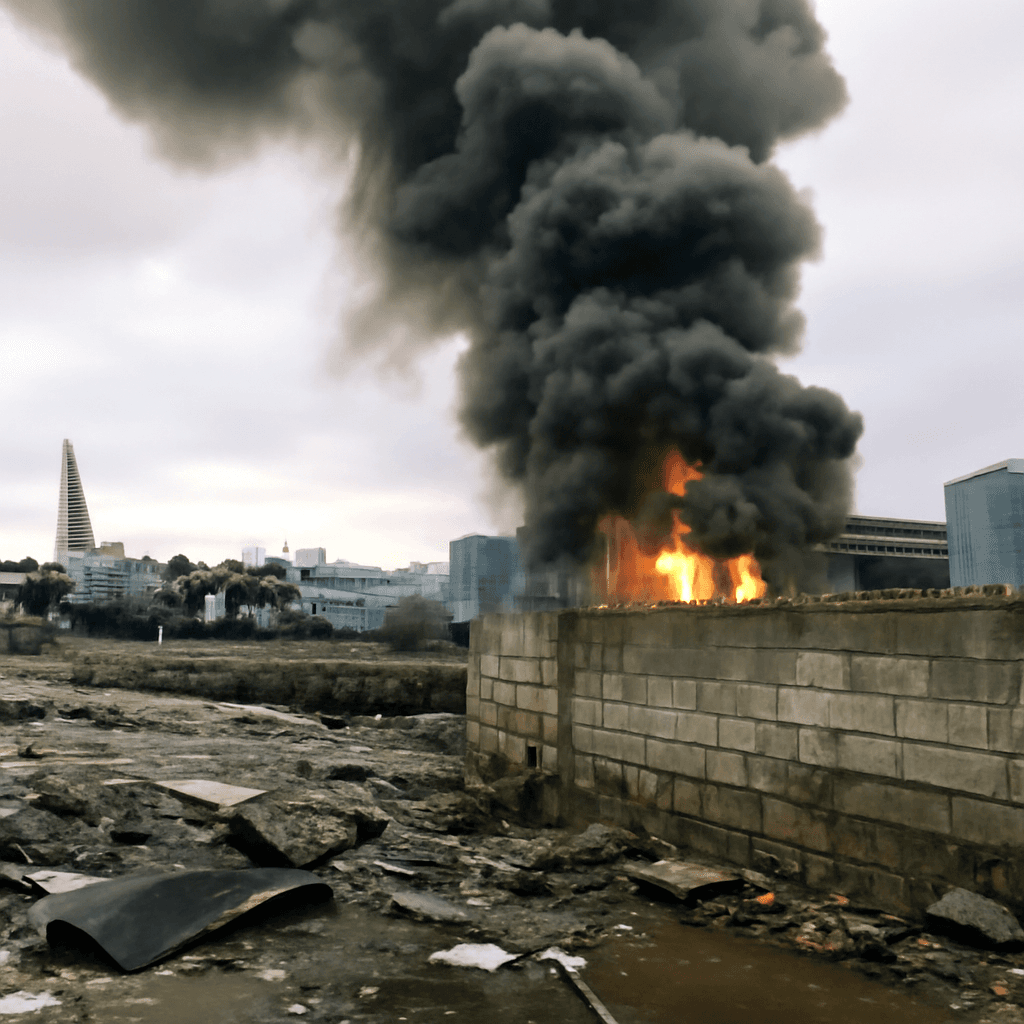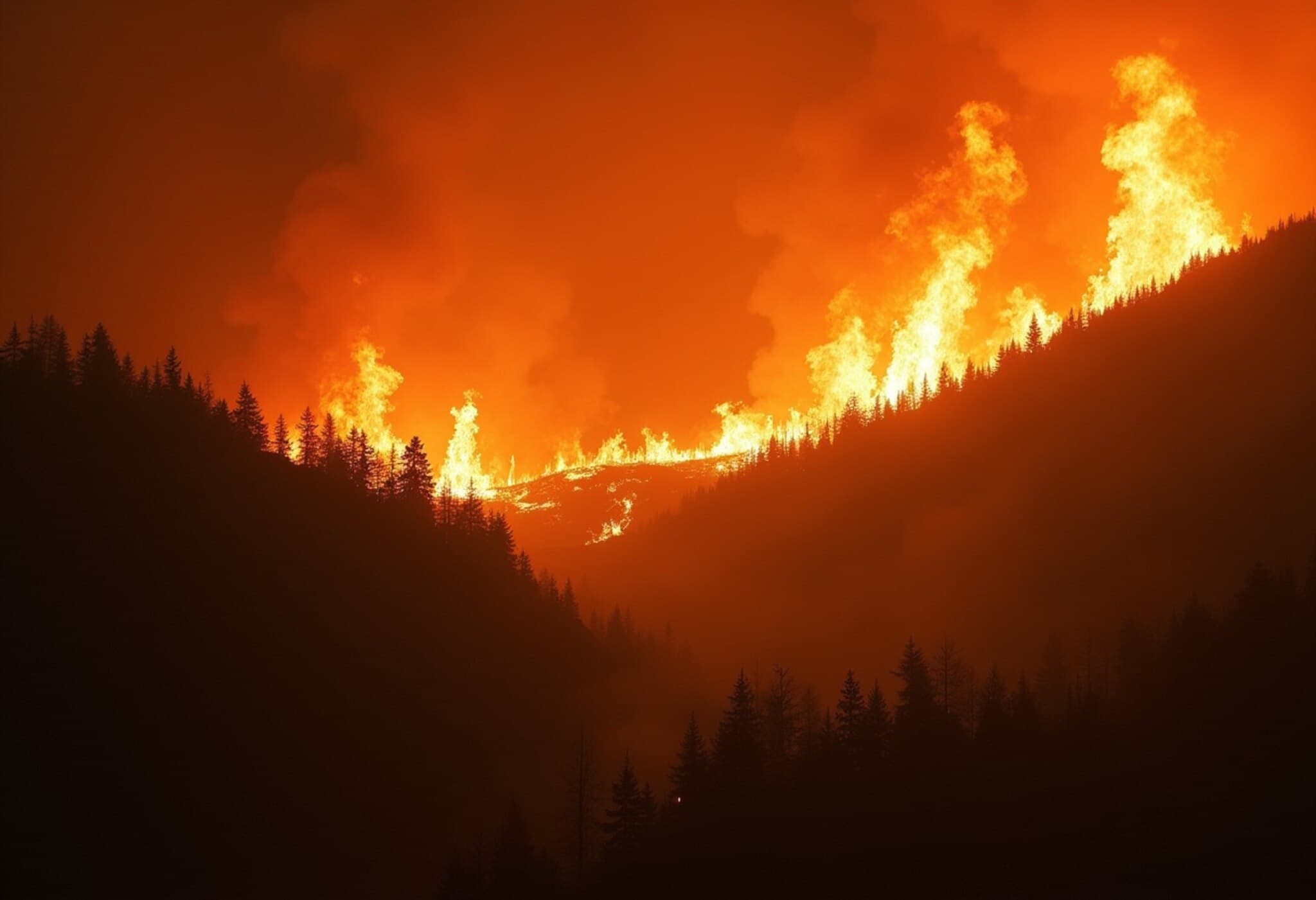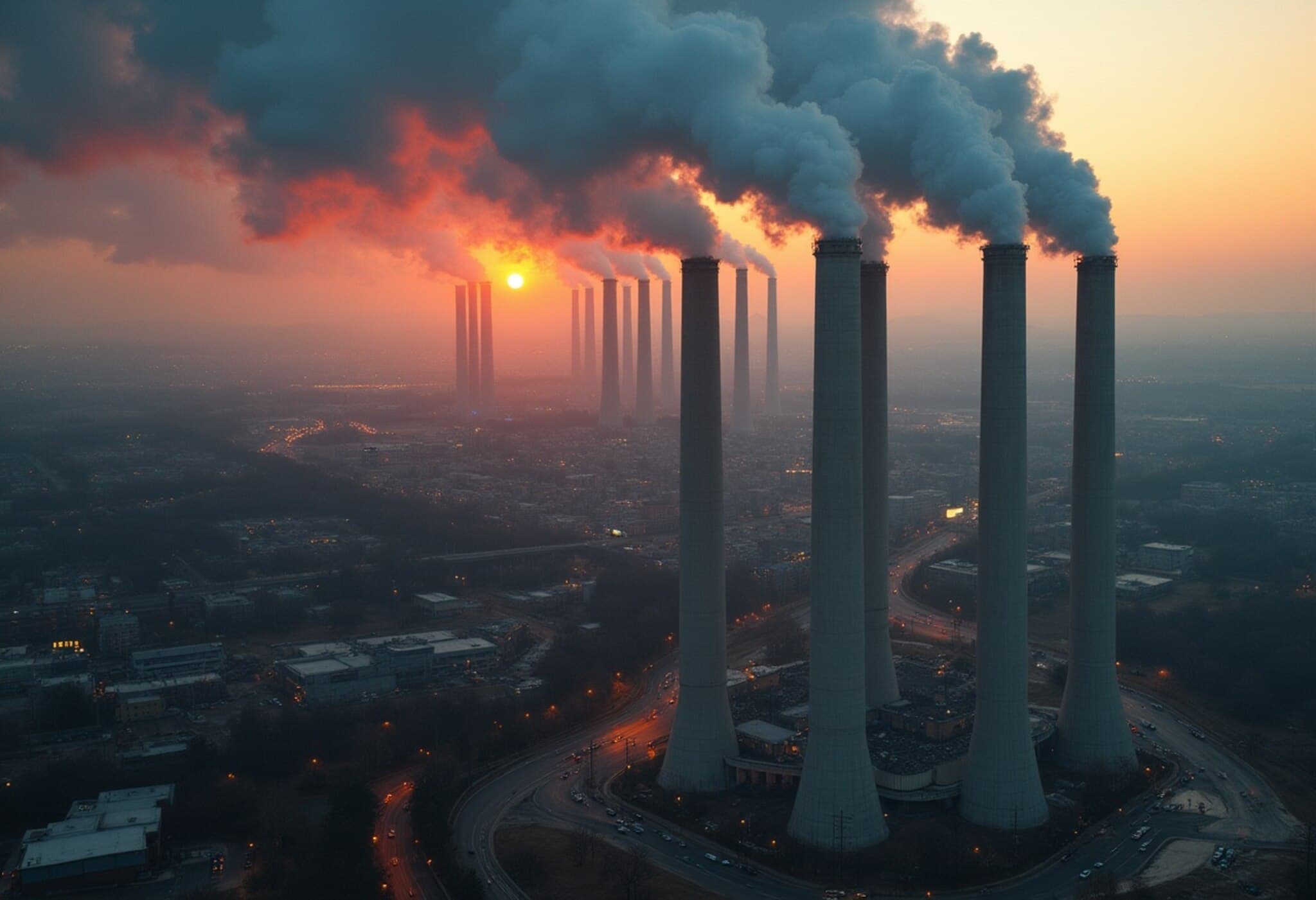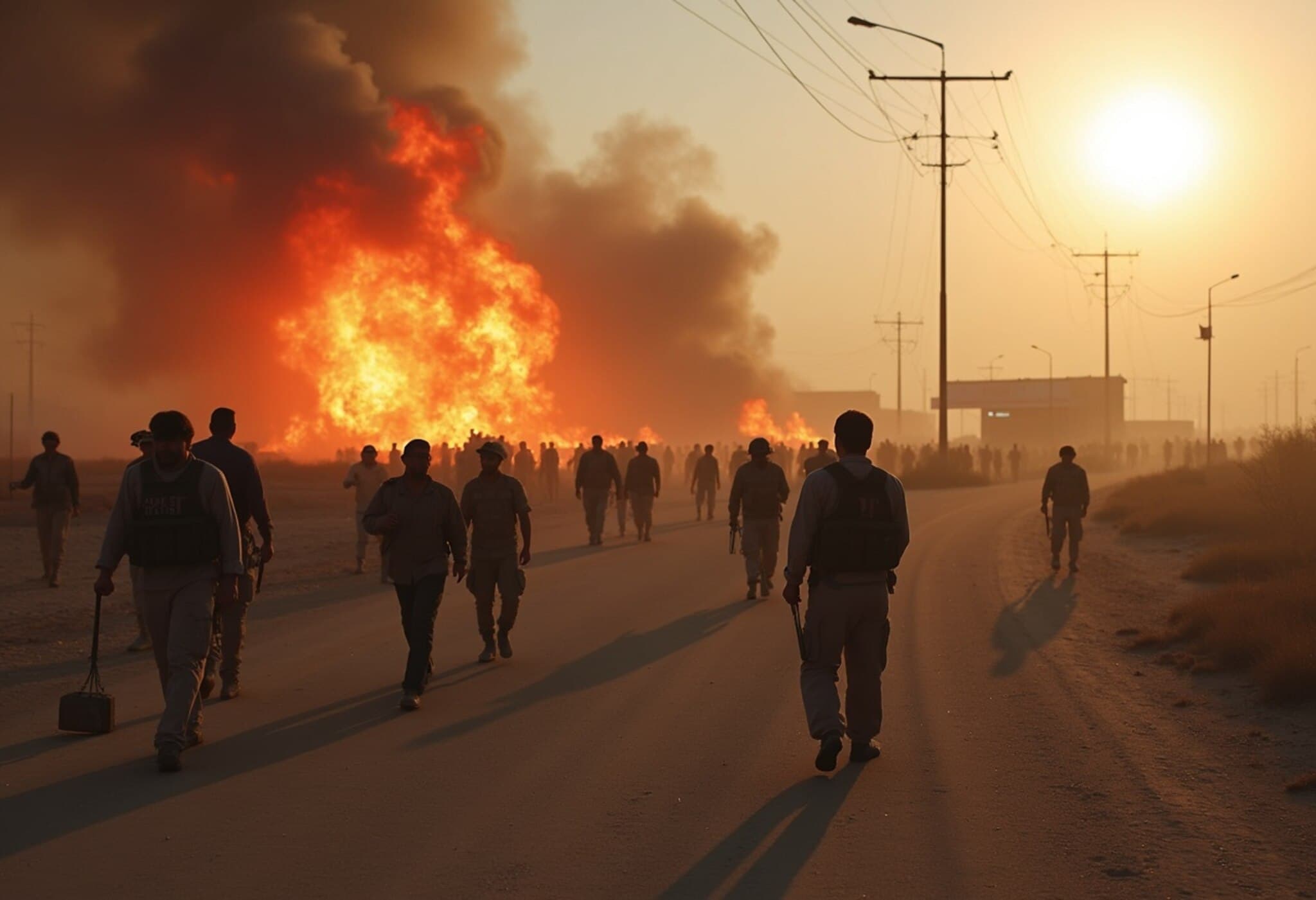Heavy Rainfall Ravages South Korea, Leaving One Dead and Over 100 Evacuated
South Korea is grappling with severe flooding after relentless downpours brought by heavy monsoon rains, resulting in one confirmed death and forcing more than 100 residents to flee their homes in the hardest-hit areas.
Record Rainfall in South Chungcheong Region
By Thursday morning, meteorological data revealed that several parts of South Chungcheong, a province located just south of the nation's capital Seoul, had been deluged with over 400 millimeters (15.7 inches) of rain since Wednesday. These intense rains intensified flood risks and destabilized hillsides, leading government agencies to declare a state of emergency in affected zones.
High-Level Landslide Alerts and Rescue Efforts
The Korea Forest Service escalated landslide warnings to the highest level across multiple regions including Chungcheong due to saturating soils and threatening slopes. In a dramatic rescue, two individuals trapped by a landslide in South Chungcheong were successfully extricated, underscoring both the dangers residents face and the urgency for robust disaster response.
Context and Broader Impact
The 2025 monsoon season has been particularly intense in the Korean Peninsula, with climate specialists linking the increasing severity of such events to broader climate change patterns impacting East Asia. Persistent heavy rains not only disrupt daily life but also strain infrastructure and emergency services.
Policy and Preparedness Challenges
Experts emphasize that South Korea’s experience serves as a critical reminder of the need to enhance urban planning and disaster preparedness. Amid increasing urbanization and environmental shifts, the integration of early-warning systems and community-based evacuation plans become vital to saving lives.
Looking Ahead: What the Future Holds
As South Korea continues to confront these seasonal climate extremes, policymakers face pressure to invest in resilient infrastructure and climate adaptation strategies. For citizens, awareness and readiness remain crucial components in mitigating risks from natural disasters.
Editor’s Note
South Korea’s latest ordeal with heavy monsoon rains highlights an urgent global narrative around climate resilience and human safety. Beyond the immediate tragedy, this event prompts critical reflection on how urban regions worldwide prepare for escalating natural disasters amid environmental change. It also underlines the power of well-coordinated rescue operations and public alert systems. Readers should consider how their communities are adapting to similar challenges and what steps local governments might take to safeguard vulnerable populations.

